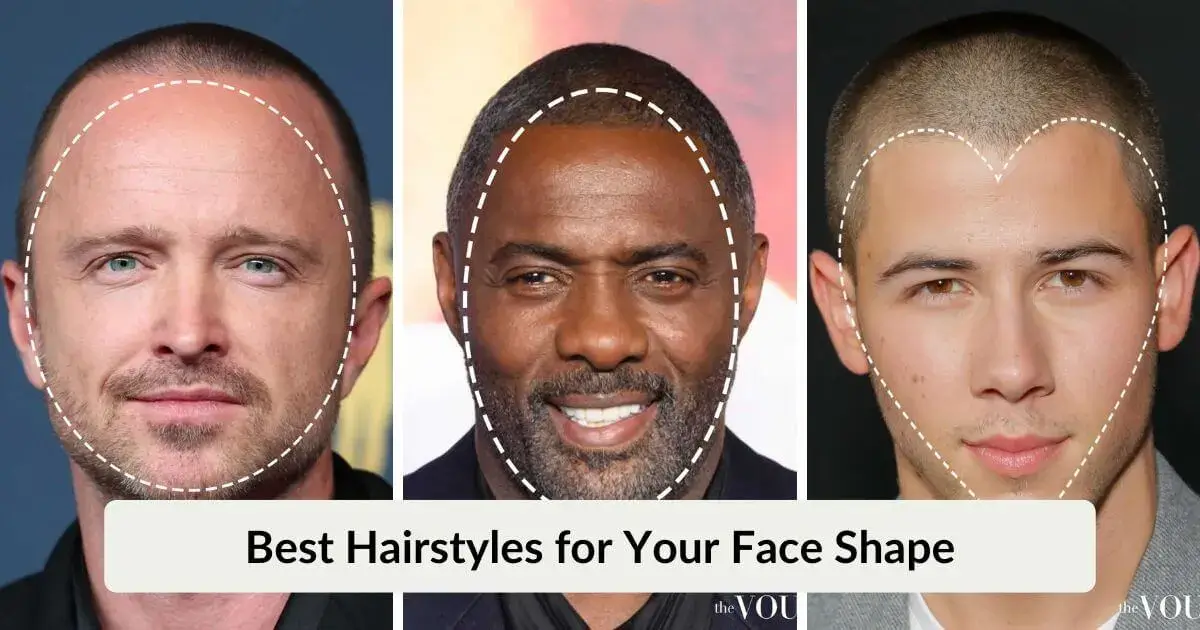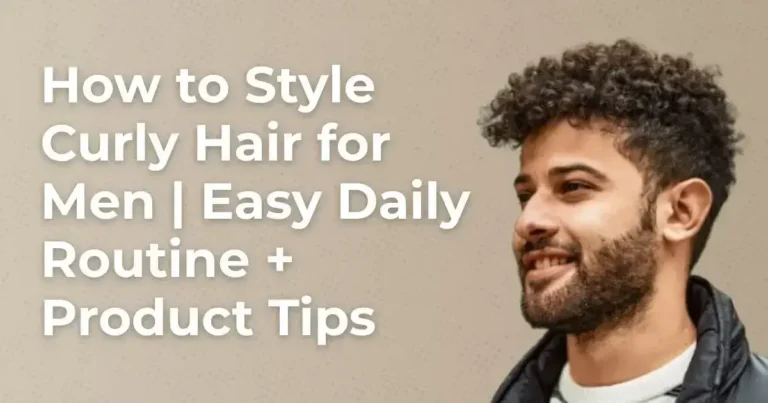Best Haircuts for Your Face Shape –Complete Guide & Expert Tips Included
we explore how your face shape plays a crucial role in choosing the right hairstyle. From understanding the different face shapes (oval, round, square, heart, diamond, and oblong) to discovering the best hairstyles for each, we cover it all. We also share expert tips, common mistakes to avoid, and practical advice for enhancing your natural features. By the end, you’ll have the knowledge to pick a hairstyle that flatters your unique face shape.
Why Face Shape Matters When Choosing a Hairstyle
The Impact on Overall Appearance
Understanding your face shape is crucial when choosing the right hairstyle. Haircuts are not one-size-fits-all — your face shape influences how the hairstyle will frame and highlight your features. Experts agree that a well-chosen hairstyle can drastically improve your appearance by adding balance and structure to your face. For example, certain face shapes benefit from more volume on top to elongate the face, while others might look better with softer, rounded styles to create the illusion of balance. The wrong haircut, however, can accentuate features you might not want to highlight, making it essential to consider your face shape first.
Enhancing Your Natural Features
A good haircut isn’t just about following trends — it’s about enhancing the natural features that make your face unique. For instance, hairstylists recommend framing a round face with layers or volume at the crown to add height, while soft waves can help soften a square jawline. This strategic approach helps emphasize the features you love while minimizing those that you might feel less confident about. So, when choosing a hairstyle, think about what you want to highlight, and ask your stylist to help you tailor the cut to your unique features. After all, your hair should work with you, not against you.
How to Determine Your Face Shape
Step-by-Step Guide to Measuring Your Face
Identifying your face shape is the first step in choosing a flattering hairstyle. To determine your face shape accurately, follow these simple steps:
- Start by pulling your hair back so your face is fully visible.
- Measure your forehead across the widest part — from one side to the other.
- Measure your cheekbones — place the measuring tape from one cheekbone to the other across the top of your nose.
- Measure your jawline — from the tip of your chin to just below your ear, then multiply by two.
- Measure your face length — from the top of your forehead down to the tip of your chin.
Once you have these measurements, compare them to each other. This will give you a clear idea of your face shape, making it easier to choose the right hairstyle.
Common Face Shapes Explained
Oval face shape geomatric breakdown
Oval faces are well-proportioned, with the length of the face slightly longer than the width of the cheekbones. People with oval faces can rock almost any hairstyle. The key is to maintain balance, so consider styles that allow for volume and movement, like soft waves or layers.
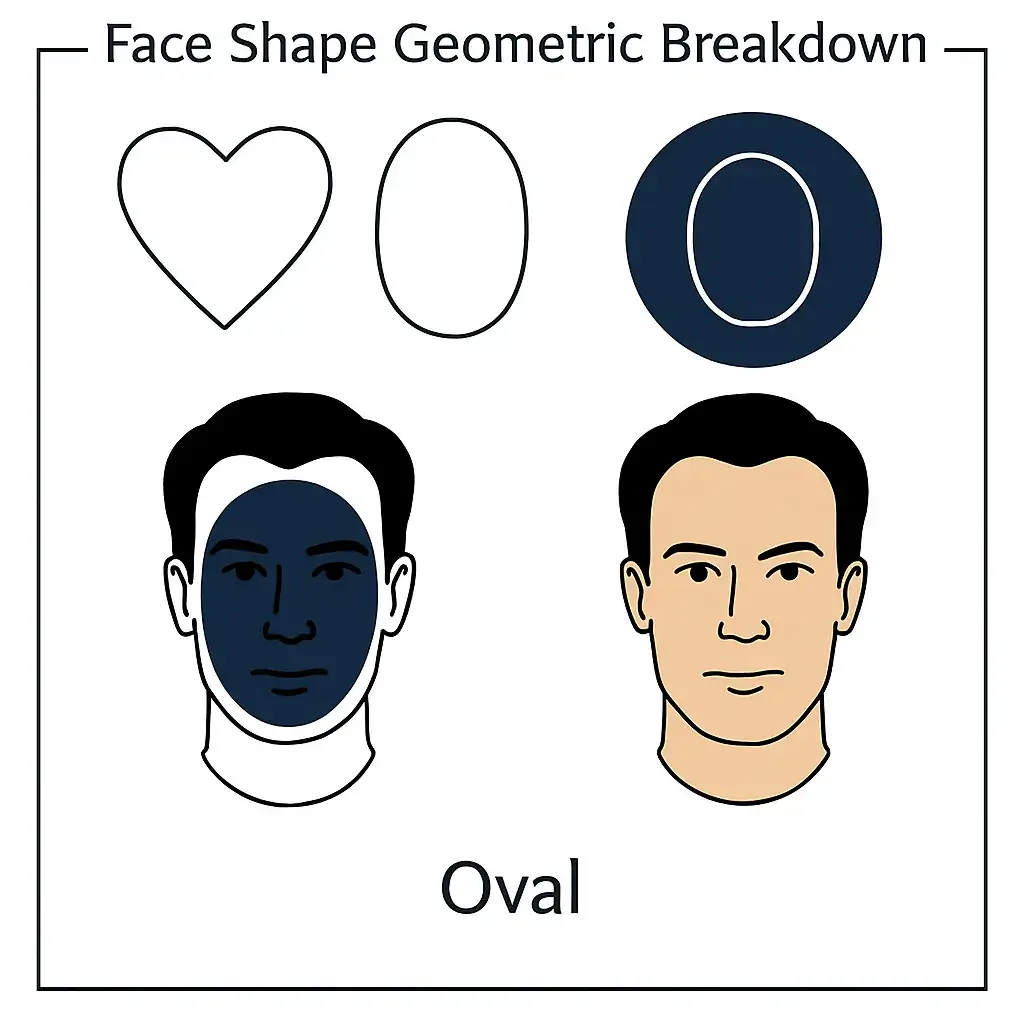
Round face shape geomatric breakdown
Round faces have similar width and length, with soft, rounded edges. To add structure, hairstylists recommend styles that elongate the face. Try layers, height at the crown, or longer cuts to create the illusion of a more oval shape.

Square face shape geomatric breakdown
Square faces have strong, angular jawlines, and the forehead, cheekbones, and jaw are roughly the same width. To soften these angles, hairstylists suggest styles with waves or soft layers, which help balance out the sharp edges of the jawline.

Heart face shape geomatric breakdown
Heart
Heart-shaped faces have a wide forehead and high cheekbones, narrowing to a point at the chin. To balance this shape, experts recommend hairstyles that add volume around the jaw and chin area, like chin-length bobs or layered cuts with side-swept bangs.
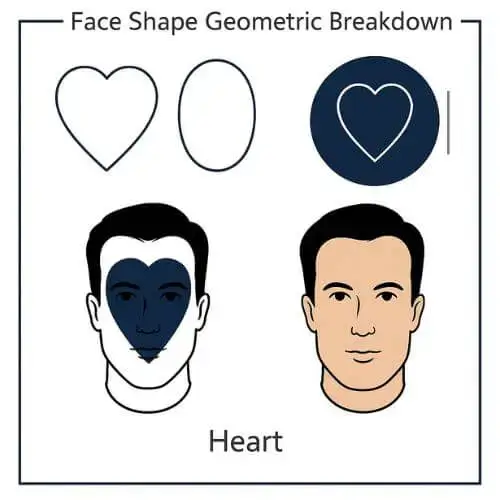
Diamond face shape geomatric breakdown
Diamond faces are widest at the cheekbones, with a narrow forehead and jawline. The goal here is to create more width at the forehead and chin to balance the cheekbones. Stylists recommend layered cuts and bangs that help visually balance the face.

Oblong/Rectangular face shape geomatric breakdown
Oblong faces are longer than they are wide, with a more elongated appearance. To break up the length, hairstylists suggest adding width at the sides with chin-length or shoulder-length styles. Layers and waves also help create balance, while avoiding extra height on top.
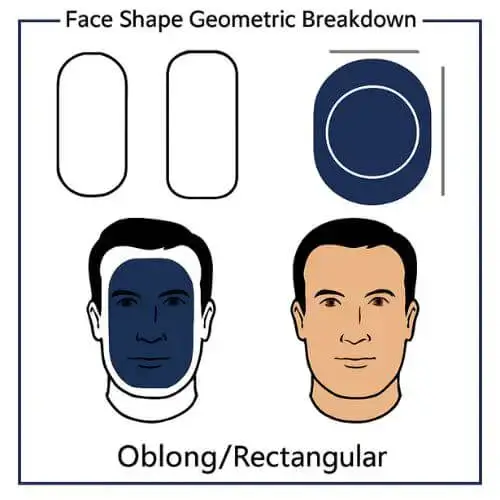
Best Hairstyles for Each Face Shape
Hairstyles for Oval Face Shape
With an oval face shape, you’re in luck! Almost any hairstyle works on you, thanks to your balanced proportions. Experts recommend experimenting with different lengths and textures. Soft waves, sleek bobs, pixie cuts, or even blunt bangs can complement the natural symmetry of your face. For a more structured look, try styles that add volume at the crown or sleek, straight cuts to highlight your features.
Hairstyles for Round Face Shape
For round faces, the goal is to add some length and create the illusion of more angles. Stylists suggest layered cuts, voluminous styles at the crown, and haircuts that fall below the chin. Avoid styles that add width, like chin-length bobs or blunt bangs, as they can accentuate the roundness. Instead, opt for longer layers or side-swept bangs that help elongate your face.
Hairstyles for Square Face Shape
If you have a square face, the focus should be on softening the strong angles of your jawline. Hairstylists recommend layered cuts, soft waves, or curls to balance out the sharpness. Try a long bob or a lob (long bob) to keep the cut sleek yet gentle on your angles. Avoid blunt cuts that fall straight across the jawline, as they can emphasize the squareness of your face.
Hairstyles for Heart-Shaped Face
Heart-shaped faces, with their wide forehead and narrow chin, look great with styles that add volume around the chin to balance out the upper face. Experts suggest chin-length bobs, textured lobs, or layers that draw attention downward. Side-swept bangs work wonderfully, as they add softness to the forehead area. Avoid heavy bangs that can exaggerate the width of the forehead.
Hairstyles for Diamond Face Shape
Diamond faces are widest at the cheekbones and narrow at both the forehead and chin. To create balance, hairstylists recommend hairstyles that add width to the forehead and chin area. Try a bob with volume or layered cuts that soften the sharpness of your cheekbones. Full bangs or side-swept styles can also help balance out the face’s proportions.
Hairstyles for Oblong/Rectangular Face
For oblong faces, the key is to add width and avoid too much height. Stylists suggest shoulder-length cuts, soft waves, or layered styles that break up the length of your face. Avoid ultra-long, straight hair, as it can make the face appear even longer. Opt for styles that add body on the sides, like curls or layered waves, to give the face more balance.
Tips from Professional Stylists
Consult Before You Cut
Before making any drastic changes to your hairstyle, it’s always best to consult with a professional stylist. Hairstylists have the experience to understand your face shape, hair texture, and personal style, ensuring you pick a look that works for you. Experts suggest discussing your preferences and concerns during a consultation so they can give you advice tailored to your unique features, helping you avoid any hair regrets.
Bring Reference Photos
One of the easiest ways to communicate your desired look is by bringing reference photos. Whether it’s a celebrity style or a look you found online, photos give your stylist a visual guide to work with. Stylists recommend using reference images as a starting point but also being open to adjustments based on your hair type and face shape. After all, your stylist’s expertise will help tailor the style to suit you perfectly.
Don’t Be Afraid to Experiment
Hair grows back — so don’t be afraid to experiment with your look! Sometimes, the best styles are the ones you try on a whim. Whether it’s adding bangs, changing the length, or exploring a new color, hairstylists encourage their clients to step out of their comfort zones. If you’re unsure about making a drastic change, start small and gradually build up to a style that makes you feel confident.
Conclusion
Choosing a hairstyle that complements your face shape isn’t just about following trends — it’s about enhancing your natural features and ensuring your hair works with you. Experts emphasize that understanding your face shape helps you find the right style that balances and frames your features. Whether you have a round, square, or oval face, there’s a perfect cut out there that will make you feel confident and stylish.
But remember, embracing your unique features is key. Don’t feel pressured to follow trends or fit into a specific mold. Your face shape, hair texture, and personal style are what make you stand out. So, have fun with your look, experiment, and most importantly, choose a hairstyle that makes you feel great about yourself!
